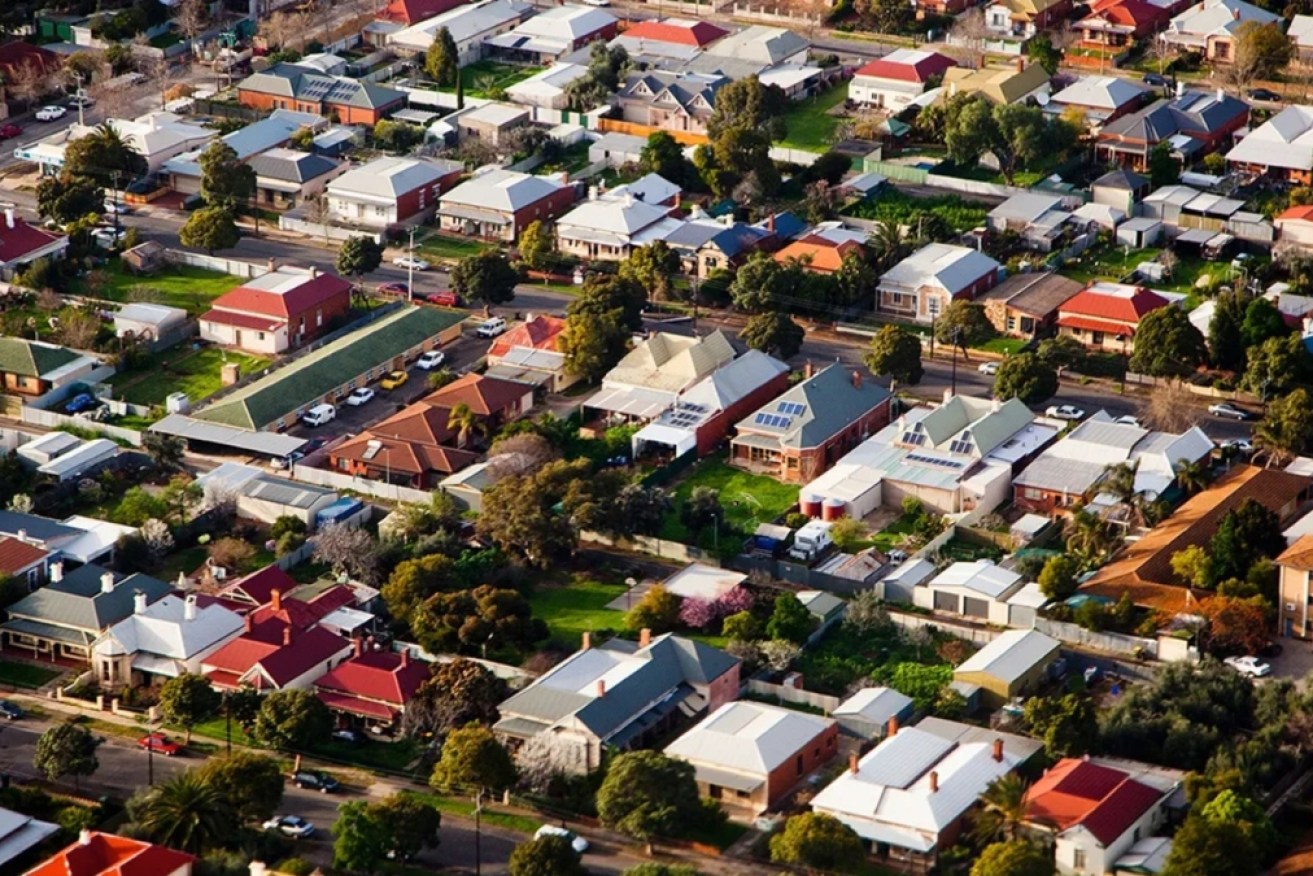Declining interest rates, rising prices: Australia’s 2024 property outlook


House prices are continuing to rise despite cost of living pressures. Photo: Getty
Australia’s property market has defied the odds in recent months, with values across the country continuing to rise even as official interest rates also rose at a record rate.
Driven by factors such as undersupply, rebounding immigration and higher construction costs, Australian home values lifted 8.1 per cent throughout 2023, according to CoreLogic data.
This was a significant turnaround from the -4.9 per cent drop in 2022, but was still well short of the astonishing 24.5 per cent surge in 2021.
It came as the Reserve Bank imposed rate increase after rate increase in an attempt to slow inflation.
The bank opted for a pause at its final meeting of 2023, and will not meet again to make another interest decision until February.
Despite the solid returns for property owners in 2023, much of the heat in the market was gone by the end of the year – prompting questions about what will happen in the next 12 months.
December brought a soft finish with a 0.4 per cent increase to national home values.
Values in five of eight capital cities (Sydney, Melbourne, Canberra, Darwin and Hobart) remained below their respective record highs.
CoreLogic research director Tim Lawless said the first half of 2024 would probably be similar to the final quarter of 2023.
“We’re not expecting there to be any real supply response through 2024, at least anything material,” he said.
“That’s probably going to help to keep a floor under housing prices to some extent. But on the demand side, we probably will see affordability remain quite challenging across most markets.
“That in itself will probably help to curtail demand to some extent, at least from a purchasing perspective.”
Perth’s housing market looks to be the tightest in the country.
CoreLogic found listings in the Western Australian capital in November were 36 per cent below the five-year average and showed no signs of rising.
Listings in Brisbane, Adelaide, Melbourne and Sydney supply were also low, although the latter two are starting to normalise, bringing more choice for buyers.
Rate cuts have downside
Lawson said there was unlikely to be any significant jump in the number of new homes being built across Australia until 2025 – and that’s only if core issues such as low profit margins and high cost of labour and materials are worked through this year.
With some economists forecasting a potential cut to the cash rate in the second half of this year – with bank interest rates expected to follow – Lawson said such a move could lift consumer sentiment and promote a moderate rise in activity in the property market.
AMP Capital chief economist Shane Oliver said cutting official interest rates had historically led to price upswings.
Although the property market “got ahead of itself” as prices lifted despite last year’s rate increases, he said a rate cut later this year could further fuel rising prices.
These would come amid already “tougher” property market conditions.
Oliver said the housing supply shortage would remain severe throughout 2024, even with the federal government’s focus on scaling back immigration and his prediction of a decrease in buyers borrowing from family to finance purchases.
“We’ll still have a shortage but it won’t be worsening at the rate that it did through 2023,” he said.
“In the meantime … I suspect that the reliance on the bank of mum and dad is probably run its course, or we’re going to see less reliance on that source going forward.
“We’re [also] going to see the full impact of the interest rate hikes. We know that rate hikes impact with a lag … We’re looking at an economy which is going to be a lot softer in the year ahead, which will mean more constrained demand for property and also will likely increase … distress selling.”
Rent growth slows
Nationally, CoreLogic data shows rents rose 8.3 per cent in 2023; a drop from rises of 9.5 per cent in 2022 and 9.6 per cent in 2021.
Despite rent rises seeming to slow, they remained more than four times the pre-COVID decade average of 2 per cent a year.
In dollar terms, CoreLogic said the jump equated to about $46 more a week based on median rental values.
And, despite the annual rate appearing to level off, Lawless said rents were still rising “quite quickly”.
Vacancy rates are predicted to remain low this year, which will keep upward pressure on rents.
As more Australians are priced out of the market, household sizes would increase further, Lawless said.
“Larger rental households, [reforming of] group households, multigenerational households are all pretty likely outcomes of such tight rental conditions,” he said.
Perth led Australia’s rent growth in 2023, with median unit rents rising by about $80 per week and shows no sign of easing.
Lawless said the tightest rental markets were likely to remain Perth, Brisbane, Adelaide, Sydney and Melbourne.
Reduced demand from arriving migrants might ease demand in the latter two.








